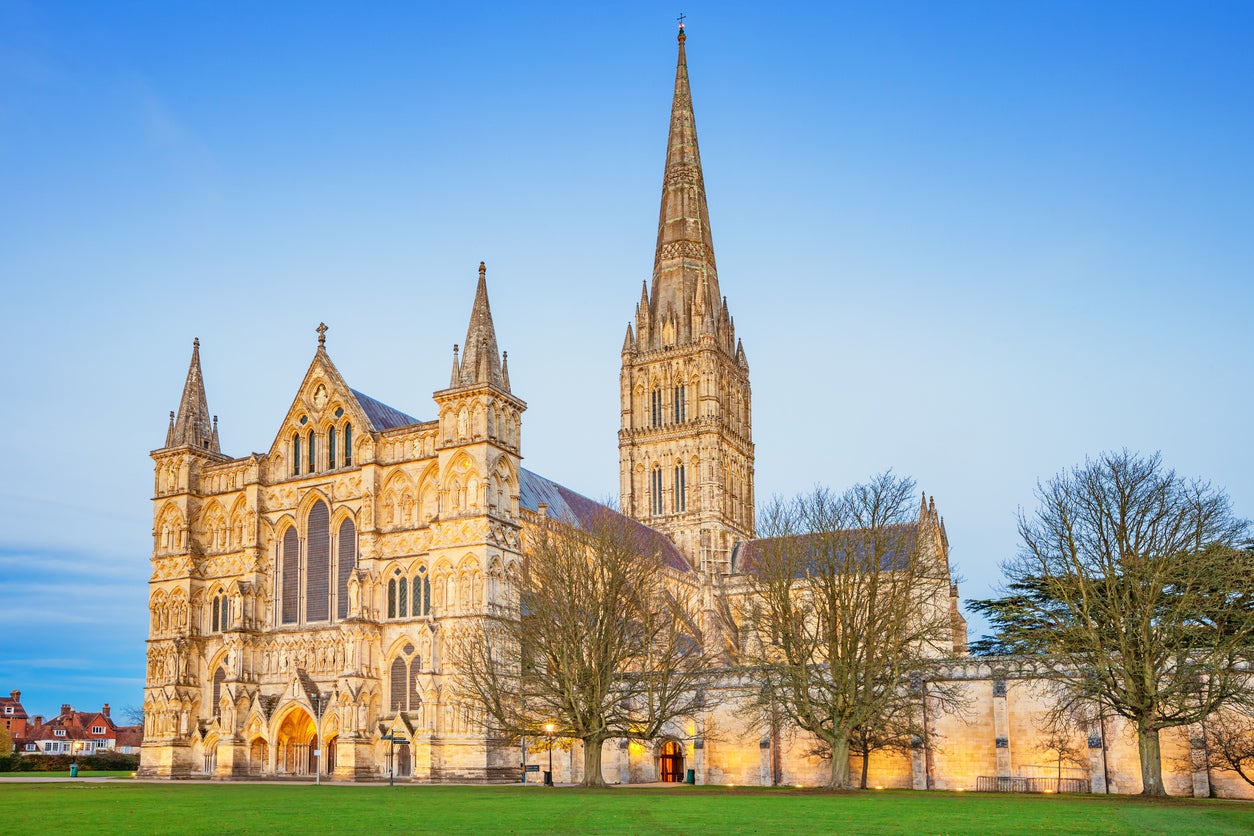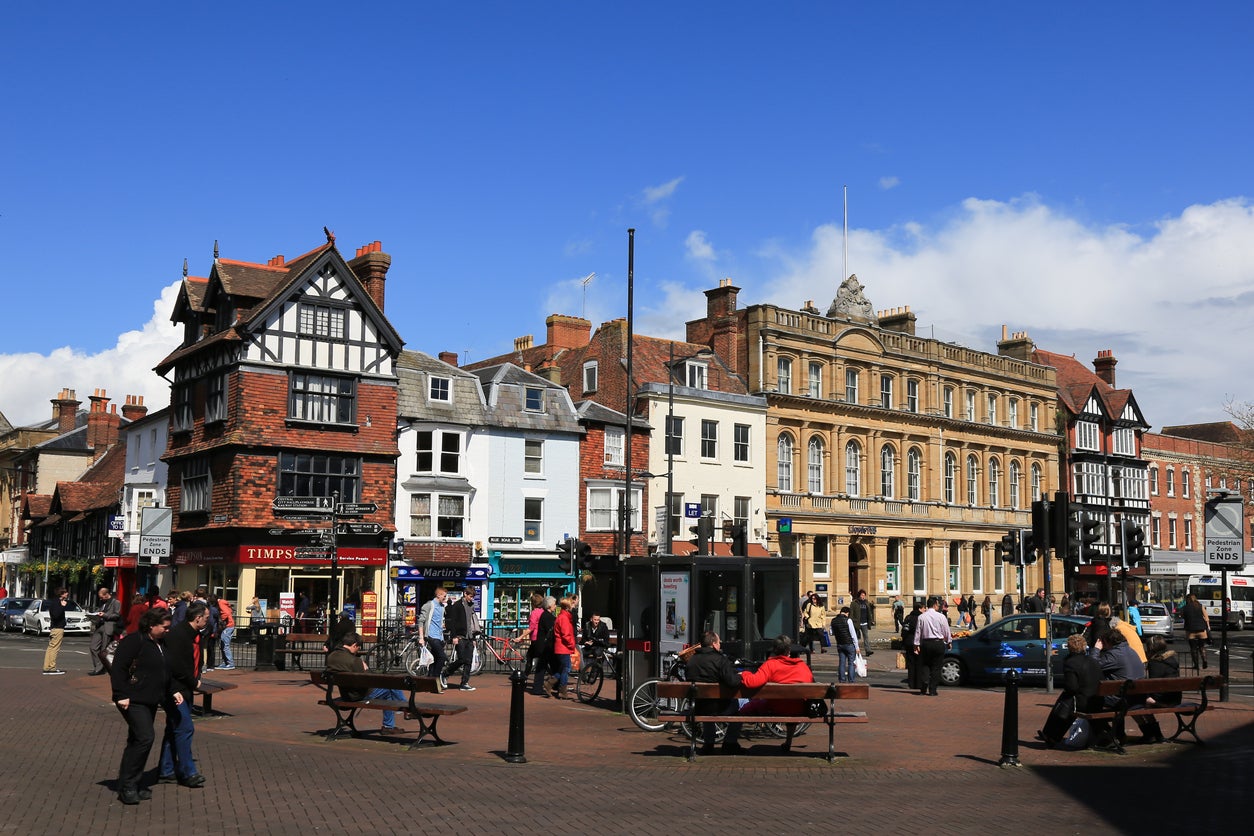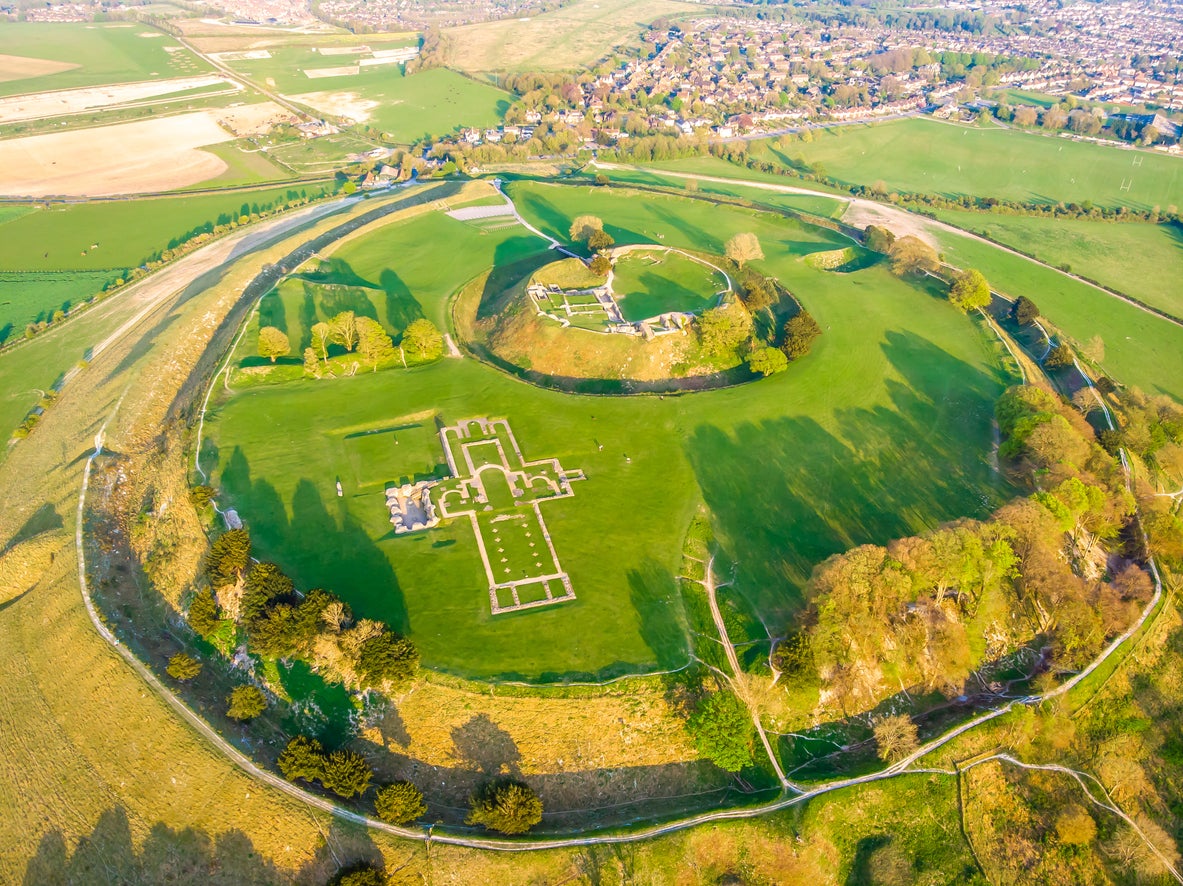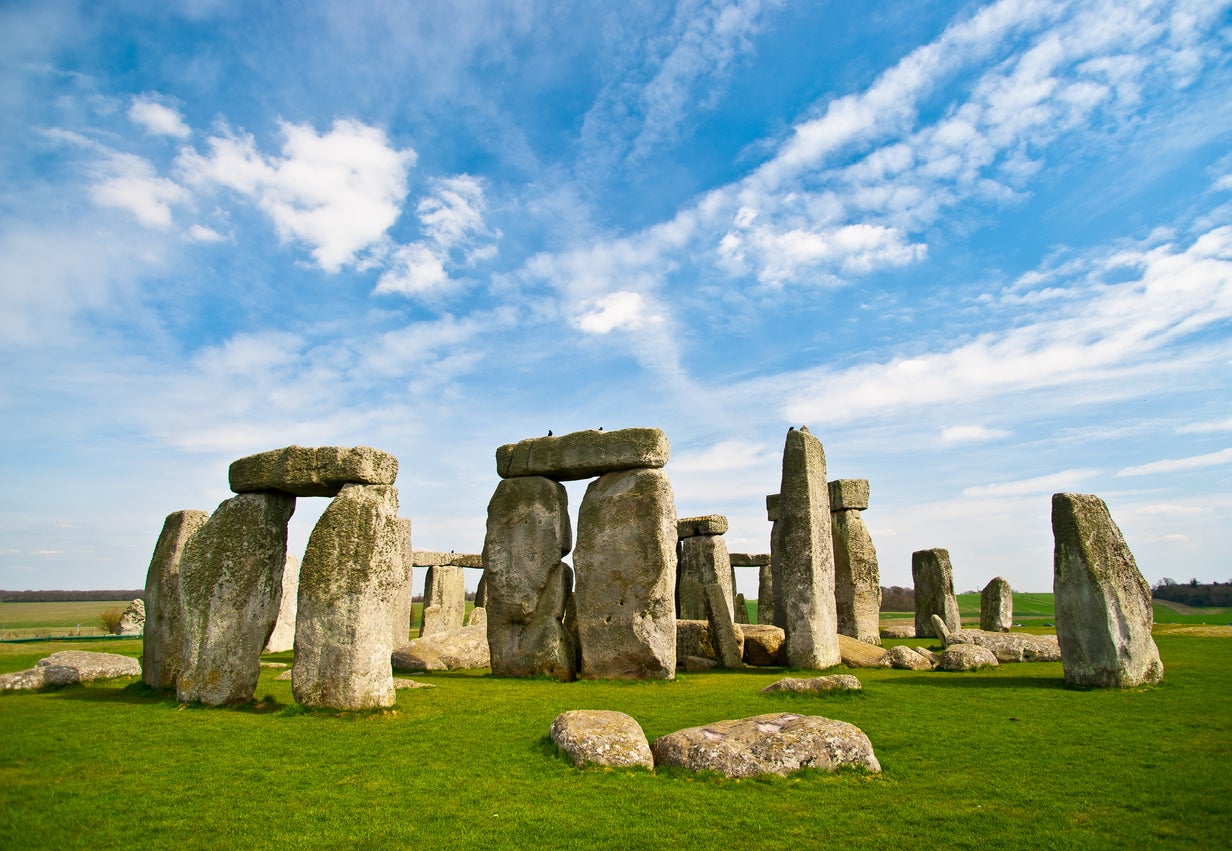Welcome to my home town: Why Salisbury has the perfect combination of grit and medieval charm
Forget Novichok, Stonehenge and the ‘Magna Carta’ incident of 2018 – this pretty city has plenty going for it, writes Hugh Tucker

Your support helps us to tell the story
From reproductive rights to climate change to Big Tech, The Independent is on the ground when the story is developing. Whether it's investigating the financials of Elon Musk's pro-Trump PAC or producing our latest documentary, 'The A Word', which shines a light on the American women fighting for reproductive rights, we know how important it is to parse out the facts from the messaging.
At such a critical moment in US history, we need reporters on the ground. Your donation allows us to keep sending journalists to speak to both sides of the story.
The Independent is trusted by Americans across the entire political spectrum. And unlike many other quality news outlets, we choose not to lock Americans out of our reporting and analysis with paywalls. We believe quality journalism should be available to everyone, paid for by those who can afford it.
Your support makes all the difference.During lockdown, many of us made the pilgrimage back to our family homes – and rediscovered them through fresh eyes. Part guide, part love letter, “Home towns” is a new series in which we celebrate where we’re from.
Legend has it that the site for the new city of Salisbury was chosen by shooting an arrow from the settlement of Old Sarum. The arrow struck a deer which ran for two miles before falling at the site of the Cathedral. This arbitrary approach to its location seems appropriate, because whenever I tell people where I’m from I get the impression that they’re mentally shooting an arrow at a map of Southern England.
Before the Novichok poisoning that saw it achieve international notoriety overnight, in my experience Salisbury seemed to be known chiefly as the place to get the bus to Stonehenge and the halfway point of train journeys in the South West. When I left for university, I thought this was a fair assessment. Believing your home town to be the most boring place on earth is a rite of passage, but absence definitely made my heart grow fonder, and the longer I spent away, the more I found myself missing this medieval city.
Salisbury can feel like a town of two halves. It has three private and two grammar schools and some incredibly expensive real estate; but the centre of the city’s social life is a Wetherspoons, and I was once approached in the middle of the day by a man who’d just moved to the area and wanted some advice on where he might have the best luck selling heroin. This somehow makes it seem more “real” than true chocolate box cities like York or Bath – you can look to your left and see a half-timbered building and, to your right, a Shoe Zone.
What strikes most visitors, and what only struck me by its conspicuous absence in other cities, is how well its medieval architecture blends with the modern life of the city. For example, the cinema is a 15th-century merchant’s house complete with stained glass windows and a minstrel’s gallery, and a coffee shop in the centre offers you the chance to drink your flat white and look out at the city through the same leaded window that William Shakespeare, Oliver Cromwell and Samuel Pepys (who all visited) may well have sought inspiration through.

Salisbury does seem to have a knack for capturing the imagination, from acting as the subject for what is arguably Constable’s finest work, Salisbury Cathedral from the Meadows, to providing the inspiration for Thomas Hardy’s Melchester and Anthony Trollope’s Barchester. There’s a healthy arts scene still alive in the city today, including an annual literary festival, theatre, arts centre, and suite of artisan studios in the converted Fisherton Mill. A lot of creativity is crammed into Salisbury’s modest size.
What only struck me by its conspicuous absence in other cities is how well Salisbury’s medieval architecture blends with the modern life of the city
Towering above everything is the cathedral – and it really does tower. Being the tallest church spire in the UK, it not only inspires sympathetic vertigo when you can occasionally see some ant-like figure working close to its peak, it also inspired William Golding, of Lord of the Flies fame, to write The Spire while he taught at the grammar school. The cathedral has many boasts, including a copy of the Magna Carta and one of the world’s oldest working clocks, and its cloister (also the largest in Britain) often has sculpture exhibitions that spill out into the grounds. Once, when walking home after a night out, I suffered a wave of existential fear when I couldn’t work out if the figure sleeping on a life-size model bed was real or a sculpture. Even in the cold light of day it was difficult to tell. Let that be testament to the quality of the exhibitions, which are worth seeing in their own right.
So, when you hear the monotone announcer declaring “we are now approaching Salisbury” the next time you’re passing through on the train, consider stepping off. And when you do, here’s what to see.
Retail therapy
The converted Victorian Fisherton Mill hosts 12 artisans in on-site studios and sells the work of more than 200 artists from the local area and around the UK. Further along Fisherton Street you can find Foxtrot Vintage Clothing with its great selection of men’s and women’s fashion. Just across the bridge leading to the city centre is the Rocketship Bookshop, a specialist for children and young people that has an incredible range and endless passion for children’s literature. The Salisbury Antiques Market on Catherine Street is well worth seeing and stacks the treasures of 60 dealers over three floors, with everything from books and vinyl to fine antiques (there’s also a cafe tucked away at the top).

Tea or coffee?
One of Salisbury’s best kept secrets is The Yard, a cafe tucked a few streets back from the station on Dews Road. As well as a great range of coffees, teas, and home-made cakes, they also sell gifts and homeware, and their upstairs seating area doubles as an art gallery.
Greengages (on Catherine Street) with its green tiled exterior certainly looks the part, and its high-quality approach to traditional tearoom fare takes some beating.
Time for the pub
There’s no shortage of great options when it comes to pubs in Salisbury. The Haunch of Venison is one of the region’s oldest, having been established circa 1320. It serves a great range of ales in its warren-like downstairs bar, and excellent food – including plenty of venison dishes – upstairs. Don’t miss the mummified hand on display, left behind by a card cheat some 300 years ago.
The Old Mill sits a little way from the centre in a converted paper mill. It’s a pleasant 10-minute walk through Harnham Water Meadows and their riverside garden is the perfect place to take a break if exploring this side of the city.

On a stroll
You can walk to Old Sarum, where it all began for Salisbury, via the Avon Valley Nature Reserve. Old Sarum is managed by English Heritage, and you can visit inside the ruins – but even a walk around the earthen ramparts is well worth the hike for the views you’ll have across the countryside.
Some of the best architecture in the city can be found in the Cathedral Close, including the National Trust-run Mompesson House. Push a little further than the immediate surroundings of the Cathedral and there are plenty of quaint houses to be found, particularly around the Harnham Gate.
Go see
As one of the country’s most recognisable landmarks, Stonehenge is indisputably worth a visit. Drive and be prepared for slow-moving traffic as everyone rubbernecks as they pass, or take the shuttle bus from the train station. If you plan your visit at the summer or winter solstice you can get right up and touch the stones; for the rest of the year you’re separated by a barrier and the wrath of the English Heritage stewards.

Have a kip
With its abundance of pubs, there are plenty of options for central accommodation in the city, but if you want to stay in the same establishment as royalty, The Chapter House has you covered. Rumoured to have hosted Kings Charles I and II, this hotel is just across the road from the Cathedral Close and the stone used to build the Cathedral was cut here. It also has a restaurant and pub attached. Doubles from £125.



Join our commenting forum
Join thought-provoking conversations, follow other Independent readers and see their replies
Comments